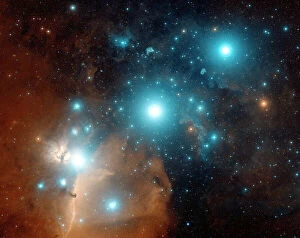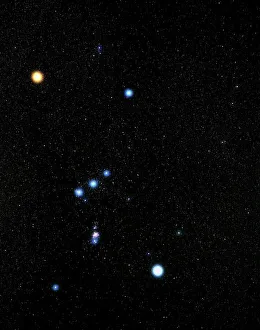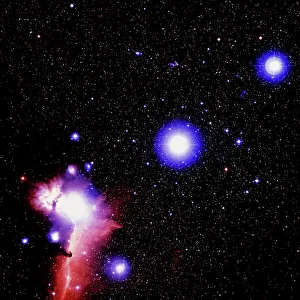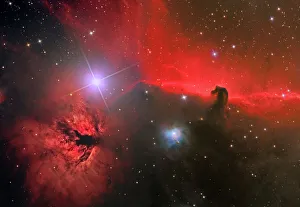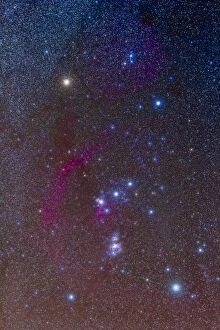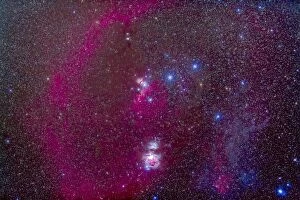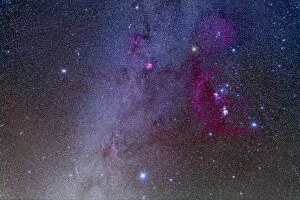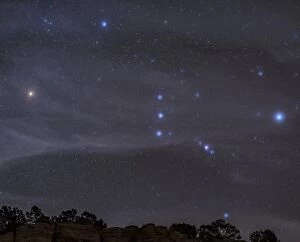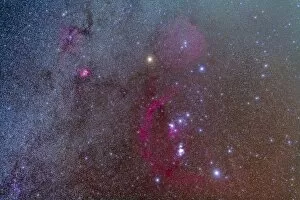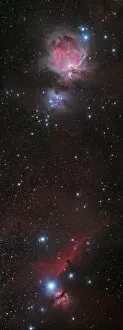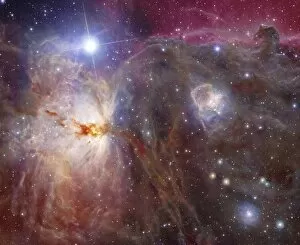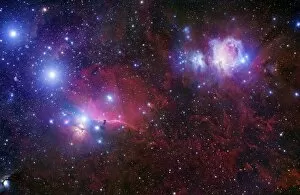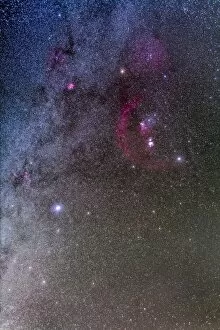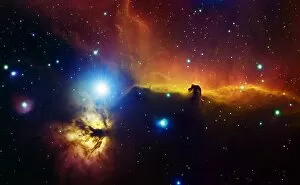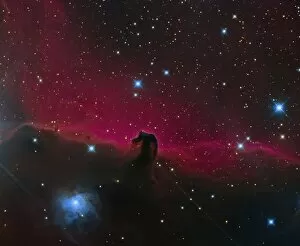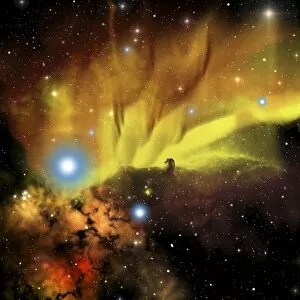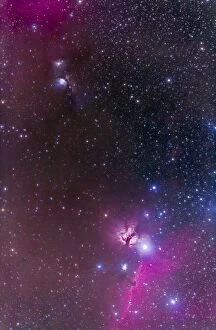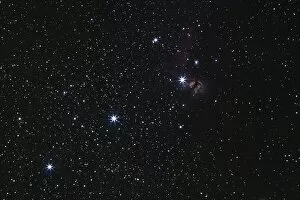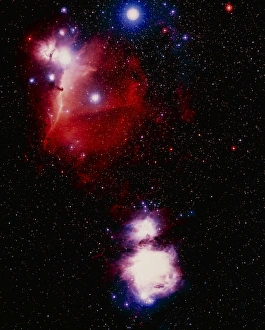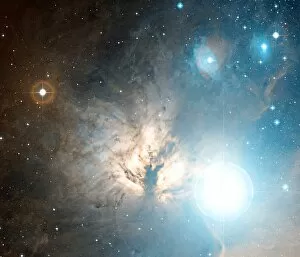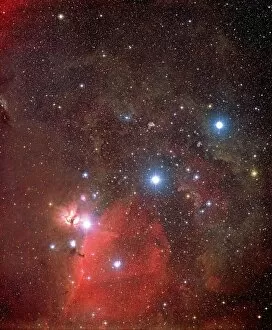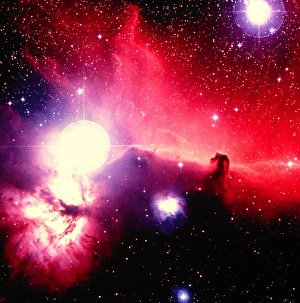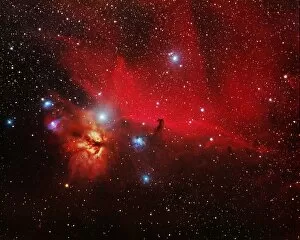Alnitak Collection
"Alnitak: Unveiling the Mysteries of Orion's Belt and Beyond" Step into the celestial realm as we explore Alnitak, one of the most captivating stars in our universe
All Professionally Made to Order for Quick Shipping
"Alnitak: Unveiling the Mysteries of Orion's Belt and Beyond" Step into the celestial realm as we explore Alnitak, one of the most captivating stars in our universe. Located within Orion's Belt, this luminous giant is a key player in the grand constellation of Orion. Through an optical image of the stars comprising Orion's Belt, we witness their harmonious alignment against a backdrop of endless cosmic wonders. Among these wonders lies the enigmatic Horsehead Nebula, nestled within the vastness of Orion. Its distinctive shape captivates stargazers worldwide, leaving them awe-inspired by its ethereal beauty. In a widefield view encompassing both the Orion Nebula and Horsehead Nebula, we are transported to a realm where nebulosity reigns supreme. The interstellar clouds paint an exquisite tapestry across space, showcasing nature's artistic prowess on an astronomical scale. Orion himself stands tall amidst his celestial companions - Canis Major with its dog stars Sirius and Procyon by his side. As they rise over hills through high thin clouds, it feels as though ancient myths come alive before our very eyes. The Winter Triangle stars join forces with Orion to create a mesmerizing spectacle that lights up our winter nights. Their collective radiance illuminates dark skies and invites us to ponder humanity's place in this vast cosmos. Yet amidst all these celestial marvels, it is Alnitak that steals our gaze once more. With its brilliance shining brightly among countless others in this cosmic dance, it reminds us that even within such grandeur lies individual splendor waiting to be discovered. So let us embark on this journey through time and space as we unravel the secrets held within Alnitak – from its connection to Orions belt and nebulous formations like never before seen – reminding us that there is always more than meets the eye when exploring our wondrous universe.

